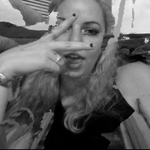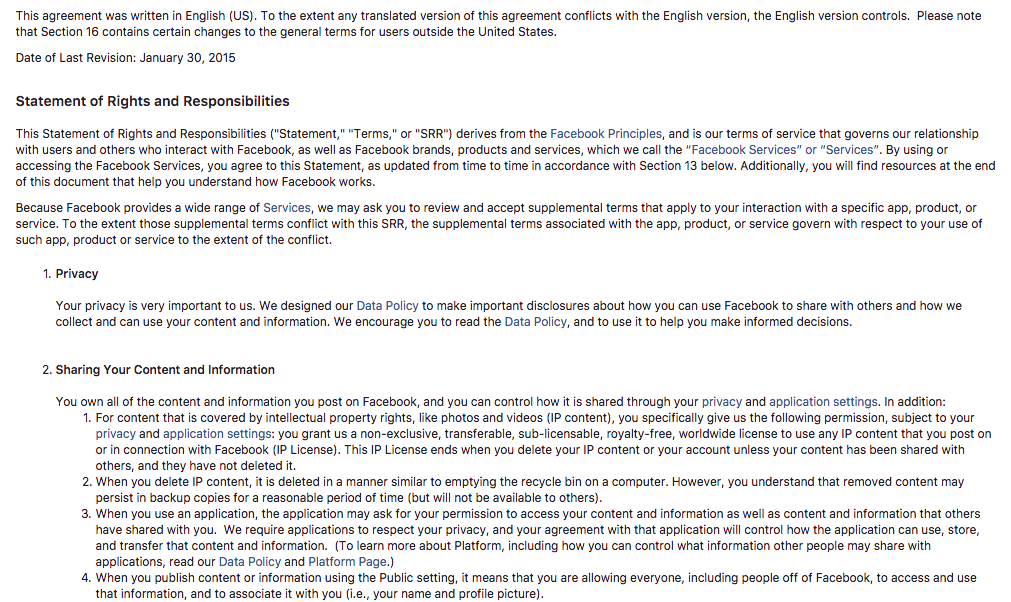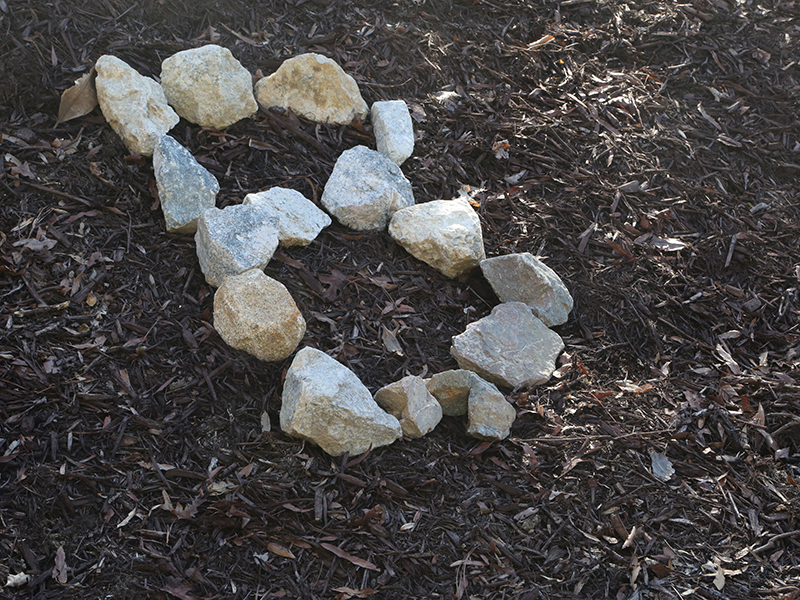“I am buried here. You can resurrect me, but only piecemeal. If you want to see the whole, you will have to sew me together yourself.”
-Shelley Jackson, Patchwork Girl
Hypertext, the nonlinear form of digital text that allows a user to choose their own pathway among multiple interconnected elements, was popular in the late 1980’s and early 90’s. The rise of HTML allowed hobbyists and artists alike to utilize hypertext on the web to create their own multivarious storylines.
Patchwork Girl, the seminal hypertext piece by Shelley Jackson, was written in 1995. This non-linear tale is recounted by the female counterpart to Frankenstein’s monster, and we as readers are left to construct this narrative of identity, gender, and the accompanying pain of being a constructed monster. The gothic element–the idea that we can transcend death through technology–haunts the contemporary consciousness and blurs the lines between the animate and inanimate, the born and the manufactured.
Nicole Brunel’s web-based hypertext, The Pain Index [Editor’s note: Link no longer available], is interested in many of the themes presented in the original Patchwork Girl. Brunel uses a mixture of scholarly references and personal experiences to create a manifesto of Pain that is involved in the lived experiences (online and offline) of women, trans, and genderqueer individuals.
“I am most myself in the gaps [Editor’s note: Link no longer available] between my parts, though if they sailed away in all directions in a grisly regatta there would be no thing left here in my place.” –Patchwork Girl
Following the links in Brunel’s Pain Index takes one through a hyperlinked network of existential pain. It is a experiential way of revealing of how forms of oppression are interlinked, and how the narratives of trauma in the digital sphere are enshrined in both theory and our everyday experiences. The Pain Index makes the connection that interactions online can often replicate the same forms of oppression in the physical world. However, embedded in hyperlinks there is also the potential for individuals to reclaim their pain. Cenobites from Hellraiser are the gatekeepers of The Pain Index, as symbols of reclaimed violence who Resist oppression through the reclamation of their Pain [Editor’s note: Link no longer available].
Navigating Brunel’s piece over and over highlights several ideas that oppression is interconnected. This create-your-own adventure of Pain makes one wonder the experience of pain is cyclical and unending–or like the Cenobites (guardians of Pain) can we use this to our advantage? The Pain Index invites us to explore the ways in which types of oppression are all intimately connected. Like the non-linear narrative in Patchwork Girl, The Pain Index creates a piecemeal account of an existence burdened by pain; and the ways that we create ourselves as a result of Pain.
Explore The Pain Index here.
:::
 Izzy Pezzulo studies Visual Art and Media Practice and Geography at the University of Richmond. Izzy’s interests and work range from sound art, to experimental films, to gardening, to printmaking. When not immersing herself in art discourse, Izzy volunteers at her university’s radio station and rides her bike nearly everywhere.
Izzy Pezzulo studies Visual Art and Media Practice and Geography at the University of Richmond. Izzy’s interests and work range from sound art, to experimental films, to gardening, to printmaking. When not immersing herself in art discourse, Izzy volunteers at her university’s radio station and rides her bike nearly everywhere.



